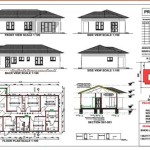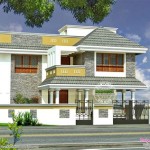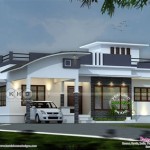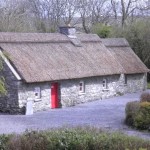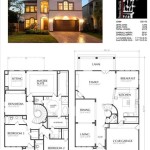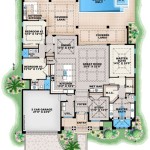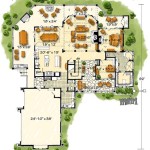Essential Aspects of Tiny Living House Plans
Tiny living is a growing trend that offers a more sustainable and affordable way of life. Tiny houses are typically under 400 square feet and can be built on a variety of foundations, including wheels, trailers, and permanent foundations. If you're considering building a tiny house, it's important to carefully plan your design. Here are some essential aspects to consider:
Space Planning
One of the most challenging aspects of tiny living is space planning. You need to make the most of every square foot, so it's important to carefully consider your layout. Start by identifying your essential needs, such as a bed, kitchen, and bathroom. Then, prioritize your wants and decide what can be sacrificed. It's also important to think about how you'll use your space. For example, do you need a dedicated workspace or would you prefer a more flexible space that can be used for multiple purposes?
Storage
Storage is another important consideration in tiny living. You'll need to find creative ways to store your belongings without cluttering up your space. Built-in storage is a great way to maximize space and keep your belongings organized. You can also use under-bed storage, hanging shelves, and other space-saving solutions.
Natural Light
Natural light can make a tiny house feel more spacious and inviting. If possible, incorporate large windows or skylights into your design. You can also use light-colored paint and finishes to reflect light and make your space feel brighter.
Energy Efficiency
Tiny houses are often more energy-efficient than traditional homes. This is due to their smaller size and the use of energy-efficient appliances and systems. When designing your tiny house, consider incorporating energy-saving features such as solar panels, energy-efficient windows, and a tankless water heater.
Building Codes
Before you start building your tiny house, it's important to check with your local building department to see if there are any specific codes or regulations that you need to follow. Some areas may have restrictions on the size or type of tiny house that you can build. It's also important to make sure that your tiny house is built to code so that it's safe and habitable.
Budget
The cost of building a tiny house can vary depending on the size, design, and materials used. It's important to set a budget before you start building so that you can avoid overspending. There are many ways to save money on your tiny house, such as using recycled materials, doing some of the work yourself, and shopping around for the best prices on materials.
Building a tiny house can be a rewarding experience, but it's important to carefully plan your design. By considering the essential aspects discussed above, you can create a tiny house that meets your needs and fits your lifestyle.

Tiny House Plans For Houseplans Blog Com

Tiny House Plan Examples

Spacious Tiny House Plans For Families

Pin On Casa Tixcacal 2

House Plan 68572 Traditional Style With 395 Sq Ft 1 Bed Bat

27 Adorable Free Tiny House Floor Plans Craft Mart

Floor Plan For Tiny House

Plan No 826420 House Plans By Westhomeplanners Com Small Floor Tiny

Tiny House Plans That Are Big On Style Houseplans Blog Com

27 Adorable Free Tiny House Floor Plans Craft Mart

